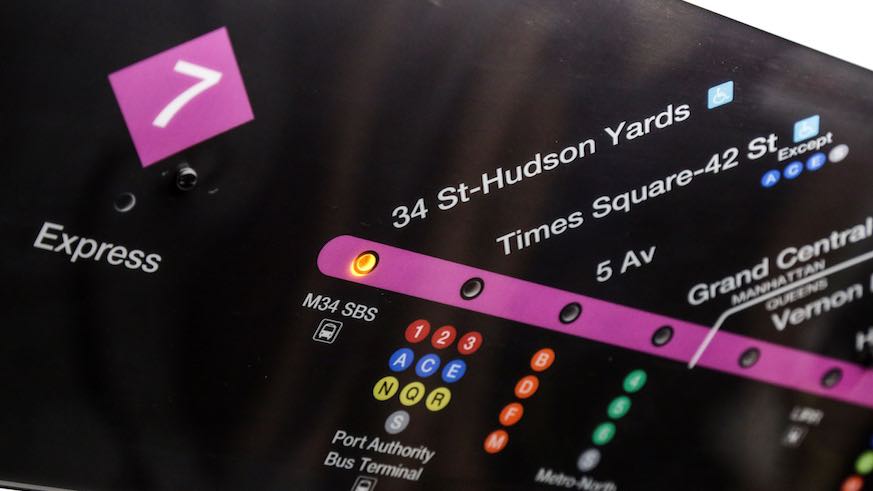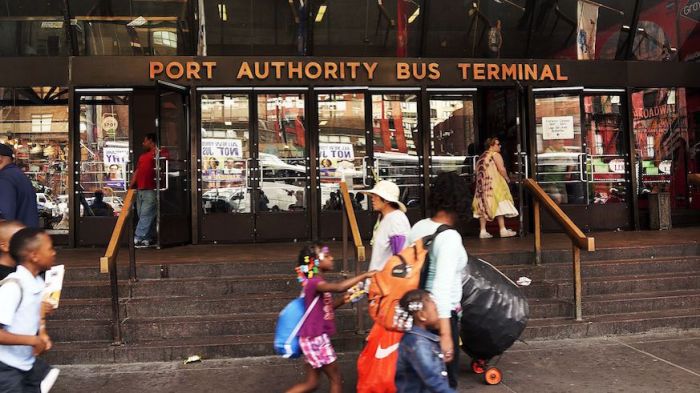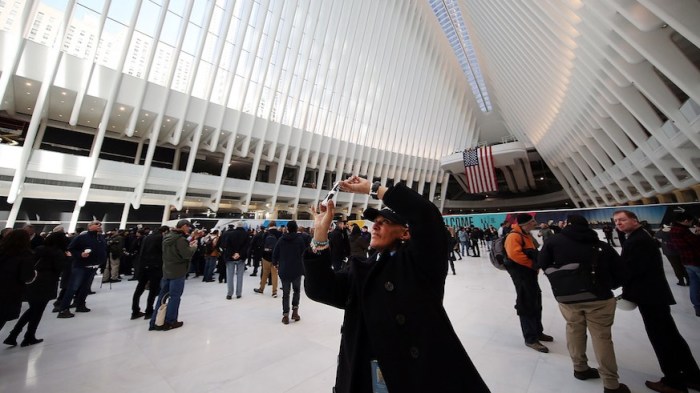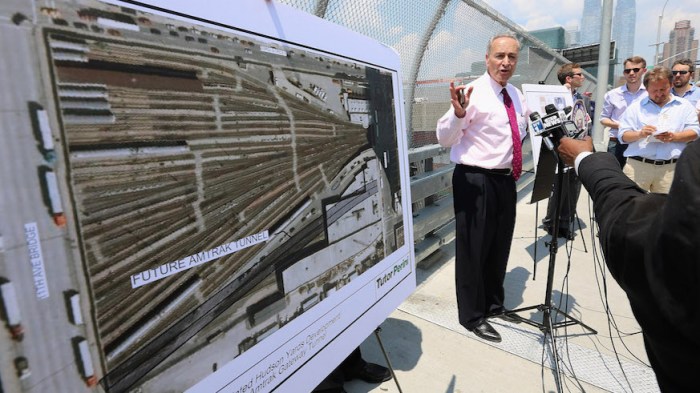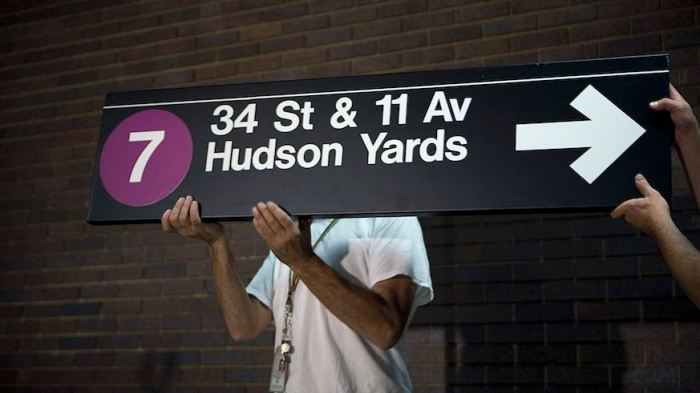Thirty-one years ago, in March 1986, the Regional Planning Association released “The Future of Transit in the New York Region” study. This included $12 billion worth of capital transportation improvements. One recommendation from this study called for extending the NYC Transit IRT 7 subway to the Meadow Lands Sports Complex in East Rutherford, New Jersey. The proposal included completion of this project by 2000 to meet future ridership needs. According to the study, this project would “ease rush-hour congestion at current Hudson River crossings and would provide New Jersey commuters with easier access to Manhattan’s East Side.” Fast forward 31 years later. This proposal may still be the most cost effective bi-state project for improving transportation connections between New York and New Jersey even if it takes another twenty years to complete. The existing 42nd Street Port Authority Bus Terminal is antiquated. It lacks sufficient capacity to deal with current and future needs. The Port Authority of New York and New Jersey anticipates $10 billion or more needed to build a new facility at the same or an adjacent location.
Amtrak is looking for $29 billion to fund their proposed Gateway project for construction of a new Trans Hudson tunnel. This would provide additional access to Penn Station from New Jersey for tracks shared with New Jersey Transit and Amtrak. Based upon past history, it is doubtful either agency will every obtain these dollars.
A better solution is to extend the MTA NYC Transit 7 subway to NJ Transit’s Secaucus Junction station by NJ Turnpike Exit 15X. Build a new bus terminal at Secaucus. This could divert thousands of riders from both the 42nd Street Bus Terminal and Penn Station.
Imagine providing a direct connection linking New Jersey, Penn Station, Grand Central Terminal and Queens under a one-seat ride. This could assist thousands of reverse commuters to employment centers along with sporting events such as NJ Giants and NJ Jets at the Meadowlands, NY Mets games, others at Citi Field, US Open, Arthur Ash stadium along with Flushing Meadow Park and Queens Zoo. NJ residents would have easier access to Manhattan East Side. Metro North commuters via Grand Central Terminal (along with LIRR riders when East Side Access to GCT is completed in 2023) would have a new option to NJ.
This could afford the Port Authority the ability to renovate the existing 42nd Street Bus Terminal in phases. Amtrak could shut down one Hudson River tunnel at a time for critical repairs. Both could remain in transit service with necessary work accomplished at less cost.
A new intermodal bus terminal would need to be constructed at Secaucus. This would accommodate hundreds of rush hour buses. Diverting these buses from the existing overcrowded Manhattan Port Authority Bus Terminal could free up scarce space. It would eliminate the need to dead head buses to mid-day temporary storage facilities in New Jersey. A multistory parking garage to accommodate several thousand cars would also be needed. Both would free up space in the already overcrowded Lincoln and Holland Tunnels.
Extending the 7 subway line to Secaucus could cost $10 billion or more. There is no money included in the MTA’s 2015-2019 $32 billion capital plan for this project. The Port Authority needs $7 billion toward the estimated $10 billion total cost for the new 42nd Street Manhattan Bus Terminal. Ask the Port Authority to partner with the MTA, NJ Transit, New York, New Jersey and NYC to come up with a joint long term financial plan. Ask each to contribute $200 million per year or $2 billion over 10 years, That would raise the necessary funding. Enter the Federal Transit Administration’s New Starts program. If successful, this would result in a Full Funding Grant Agreement with Uncle Sam. Sponsoring agencies local commitment could potentially leverage several billion from Washington. Why wait 31 more years for this transportation improvement?
Larry Penner is a transportation historian and advocate who previously worked 31 years for the U.S. Department of Transportation Federal Transit Administration Region 2 NY Office.

